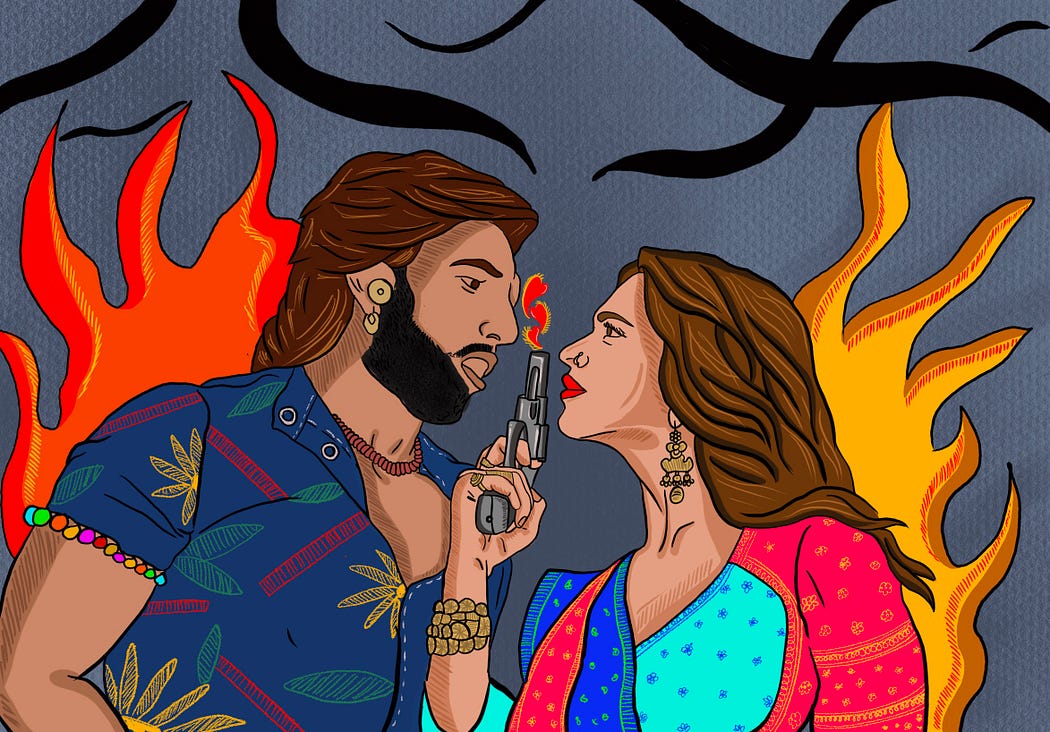
What challenges do young interfaith couples face in modern day India? Read about the bitters and the sweets, by Raksha Kumar.
Charulata pushes her thick black hair behind her left ear and wipes a tear off her cheek surreptitiously. This is not the first time she has witnessed Kavya Singh and Rakesh ‘Humpty’ Sharma’s temporary separation. But her sorrow does not seem to abate.
It is 1 a.m. on a wintry Thursday and she has to leave for work early the following morning. But Charu — as her husband lovingly calls her — says, “No matter how late it is, I never switch off the TV when Humpty Sharma Ki Dulhaniya is on.”
Her polyester nightie is tucked between her legs as she sprawls on the diwan. Red, blue and green lights from the TV dance on her face, adding colour to her emotions.
Humpty Sharma Ki Dulhaniya is a romantic comedy that fits a well established Bollywood template:
Boy likes girl.
Girl likes boy.
Girl’s father doesn’t approve of the match.
Boy rattles off an emotional speech.
Girl’s father gives in.
Everyone lives happily ever after.
Charu says she has always been a sucker for Hindi cinema. “I need entertainment; something I can enjoy, something I can get inspired by.”
What is inspirational about Humpty Sharma Ki Dulhaniya? “Kavya’s love for her man,” says Charu, with a twinkle in her eyes. Kavya’s character in the film, played by Alia Bhatt, abandons her passionate dream of wearing a wildly extravagant Rs. 5 lakh lehenga so as to gift her loved one the car he always wanted.
Charu also wants to work hard to fulfil her husband’s dreams. “After all, we only have each other now,” says the 21-year-old Hindu woman from the Thakur caste who has been married to Murad, a Muslim man of an oppressed caste, for four years. Charu and Murad know they are exceptions for having married outside of their communities. And since their elopement, they have also felt themselves in severe danger. (Their original names are withheld.)
Although India has been a society of many cultures and religions, endogamy is the norm. According to a Princeton University study, only 2% of the 10 million marriages every year in India are inter-religious. Non-conformists are shunned or banished or worse, sometimes killed to save a community’s ‘honour’. These figures are hard to quantify as many do not want to register their marriages or keep them secret for fear of retribution. It is clear though, that every year around 200,000 couples — like Charu and Murad — try to chart their destinies in the face of extremely oppressive societal structures.
On 15 September 2015, Murad and Charu had walked out of the Jama Masjid in Meerut with their Nikahnaama, or the Islamic marriage contract, in hand. The witnesses who signed were elders of the mosque and some friends of Murad. They were officially married.
Murad was 23 and Charu only 17 when the marriage contract was signed. She lied about her age since according to the law, a woman must be 18 to be married. “Afterwards, I pranced about the little hutment we lived in, stuffed jalebis into my mouth and cried buckets,” she recalls. A part of her was hopeful for the future while another missed her family dearly.
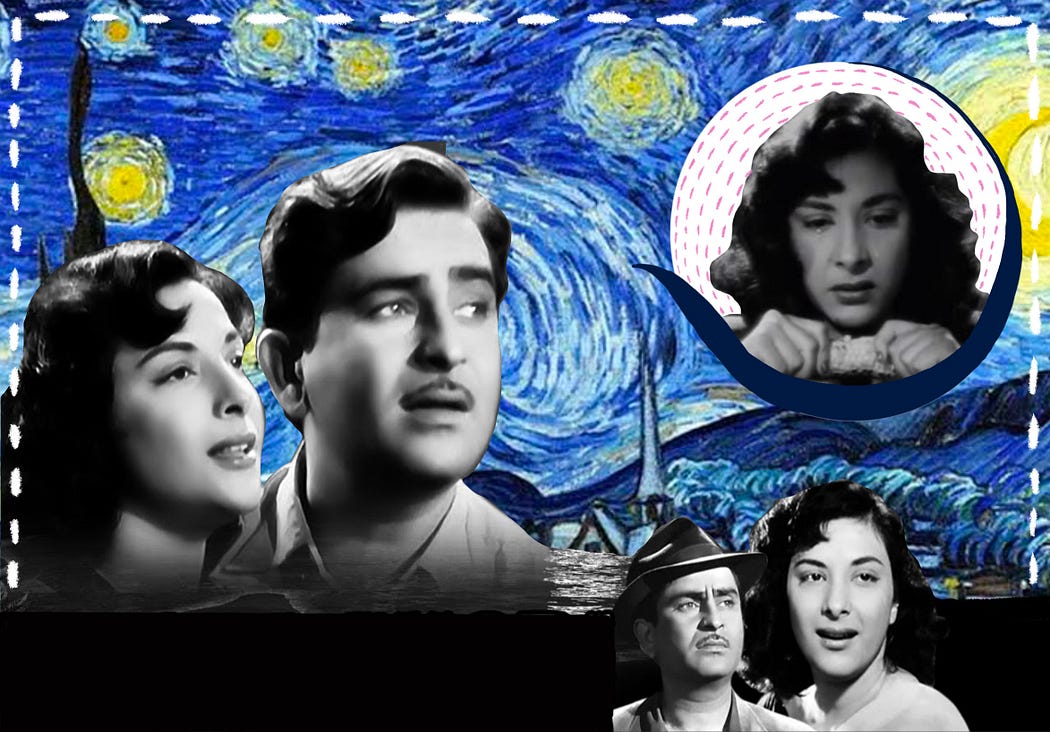
Charulata was born into a Thakur family in Badanpur village. The third daughter of her parents, she says she did not get enough attention growing up. “We were three girls at home. They never saw us as separate human beings.” The girls got similar clothes; it did not matter that they liked different ones. Books were handed down to them from their elder brother, the only male child in the family. The girls had no choice but to pick humanities after Class 10. It did not matter that Charu’s scores were very high and she wanted to pursue science. “I quit studies in protest,” she says. “No one cared.”
Throughout her childhood, Charu regularly skipped meals, stole her brother’s watches and deliberately returned home late in the evenings. “All I wanted was attention from my parents,” she says. Her strategy backfired. Charu was branded a ‘problem child’ who needed to be starved of attention so she could mend her ways.
Her sisters were married off when they turned 18, leaving Charu acutely aware that her fate would be similar. The one thing she did not want was to feel neglected in her marital home as well. “I didn’t want anything more than to get some love and respect from my husband.”
Charu says some people in their hometown call their marriage ‘ Love Jihad’. The term that combines the distaste for ‘love marriages’ along with repugnance for marital alliances with Muslims, ‘Love Jihad’ gets the desired reaction from conservative Hindu communities. That of anger and retaliatory violence, as has been seen in several instances. Greater segregation has also ensured that communities intermingle even less frequently than before.
In this context, even the 2 % who choose inter-religious marriage can be objects of curiosity.
What makes young Hindu-Muslim couples marry, knowing the dangers involved? This leads to another question: how do young couples define love in the face of imminent threat? While some like to flirt with danger, others resent conservatism. But each couple, like Tolstoy’s aphorism about unhappy families, have reasons of their own.
Charu and Murad, for instance, think of their marriage as an achievement. “At least, so far,” laughs Murad. For Charu though, her happy marriage is her triumph.
“My marriage is my only achievement,” she says with pride. Her voice reflects the confidence of a woman who stood by her choices. It is not an achievement because she believes that a woman’s life goal is to be married. At school, Charu squirmed whenever she heard a friend describe their life goal as marriage although her goal kept changing — for a few years she wanted to be a beautician, then she wanted to open her kirana store, then she thought she would be better off as a door-to-door saleswoman.
Soon after her marriage, she worked in a factory to ensure she contributed to the household income.
Charu and Murad demur when you ask if they are different from other couples. They have their happy days and their sad days. They both come home from work tired on some days and at times, they catch a film in the local movie hall. They fight, they make up, they are angry at each other, they love each other.
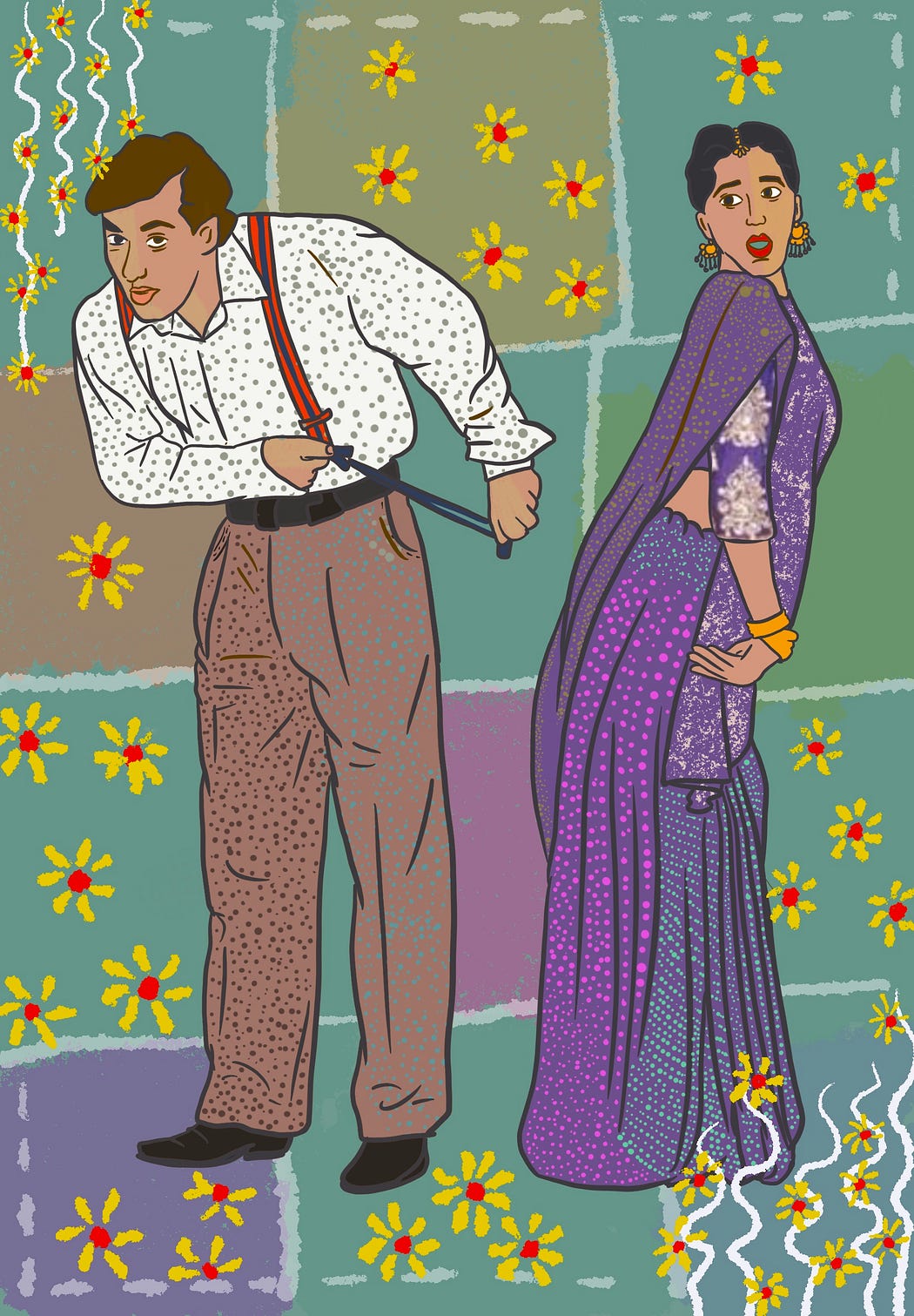
One difference though: they fear for their lives at all times. Over a decade, the term Love Jihad has gone from being an obscure right-wing bogey to a ‘real’ threat leading to legislation in 11 states that makes it almost impossible for inter-religious couples to marry. Not to mention a spate of violence on couples and young Muslim men.
“We have that too in common with other Indian couples; those who have married outside their religion,” says Charu.
Others like Asmita and Aqeel.
Asmita hails from a Rajput (a dominant Hindu caste) family in Rajasthan. She married Aqeel in January 2019. She says she felt an inexplicable pull towards him when they met in college six years ago. “He talked about complex issues of exploitation, inequality and caste with such ease!” she says. “That attracted me a lot.”
Both Asmita and Aqeel (not their real names) were 29 when they married each other. When I met them, they had been married for almost a year. Their families had no clue.
For four years before their marriage, they rented apartments near each other’s homes in a Mumbai suburb and went to work in swanky offices close by. “We were scared to live-in,” admitted Asmita, “but we met each other for lunch every day.” Her colleagues were not invited to the wedding. No one at work knows she is married.
Unlike Charu, Asmita was the apple of her father’s eye.
As the only daughter, her wish was — more often than not — her parents’ command. Her brother doted on her too. Her father told her that if she prayed to Ganesha, all her wishes would be fulfilled. When she asked her father for a laptop, Asmita was told to wake up at 6 every morning and pray to Lord Ganesha for a new laptop. A few weeks later, seeing her dedication, her father brought her the laptop she wanted.
“I got everything I wanted,” Asmita acknowledges. “But, after praying for it.”
Families hold up two kinds of examples to young people: ones that should be followed and ones that should never be. Asmita’s father constantly narrated stories of an aunt who was banished from the family because she dared marry someone from an oppressed caste. “What was left unsaid was how I should never, ever follow such an example or I’d face similar consequences,” she says. It never occurred to anyone to tell Asmita what would happen to her in case she crossed religious lines, not just caste. No one in the family had seen any such marriage near them.
Leading a secret life for years has taken its toll on Asmita. She has to always be on guard about what she says, whom she invites home and whose invitations she accepts. “Mentally, I am not single anymore. I think of us as ‘us’,” she says. “But I have to tell myself to never let that show.” She realises, though, that she cannot keep it a secret forever.
When will she tell them? “Only when I am fully prepared to live without them.”

Severing ties with them is the best-case scenario, she says. “We fully understood the danger we were in. Our families might not kill us, but ostracisation is a real possibility,” she says, thinks for a few seconds in silence and then adds, “Who knows! They might actually kill us.”
Legally, a couple of any religion in India continue to be able to marry each other under the Special Marriages Act of 1954, without converting. Though every day it becomes harder and there are several instances of some lower courts advising inter-religious couples to separate as their marriage could create communal trouble in their towns.
Charu feels that religion has become a central identity for many Hindus and made her romance with Murad that much more dangerous. “Earlier, our wedding would have been shunned socially. There would have been a boycott or something. But, today, it is life-threatening,” she says.
Merely four months after the 2014 election when the BJP came to power with a simple majority, Charu’s sister was to be wedded to an electrical contractor from a neighbouring village. The house was lit up on that warm September evening with tiny strings of lights. That was the first time Charu saw Murad — in the blue-pink-green of those small lights. In true Bollywood style.
Murad’s father had been contracted to provide serial lights for the wedding. The second son of his father, Murad had begun assisting in the lighting business at a young age.
Since that first meeting, their fondness for each other grew. “I had never believed in love at first sight. We don’t believe in something until it happens to us.”
Charu’s father, brother and uncles — all of them — beat her when they found out about her romance. She still hides marks of the lashings on her back and neck.
One morning, her mother seized Charu’s phone and locked her up in a room. “They wanted to get me married,” says Charu. “To someone else.”
She remained locked up for three days. Ironically, Charu feels lucky about her solitary confinement. “Girls have been killed by their families for wanting to marry Muslim men,” she smiles. “I had heard of many such stories. Thank God, I was only locked up.”
What was to say that her family wouldn’t harm her further, I asked her. Nothing, she replied.
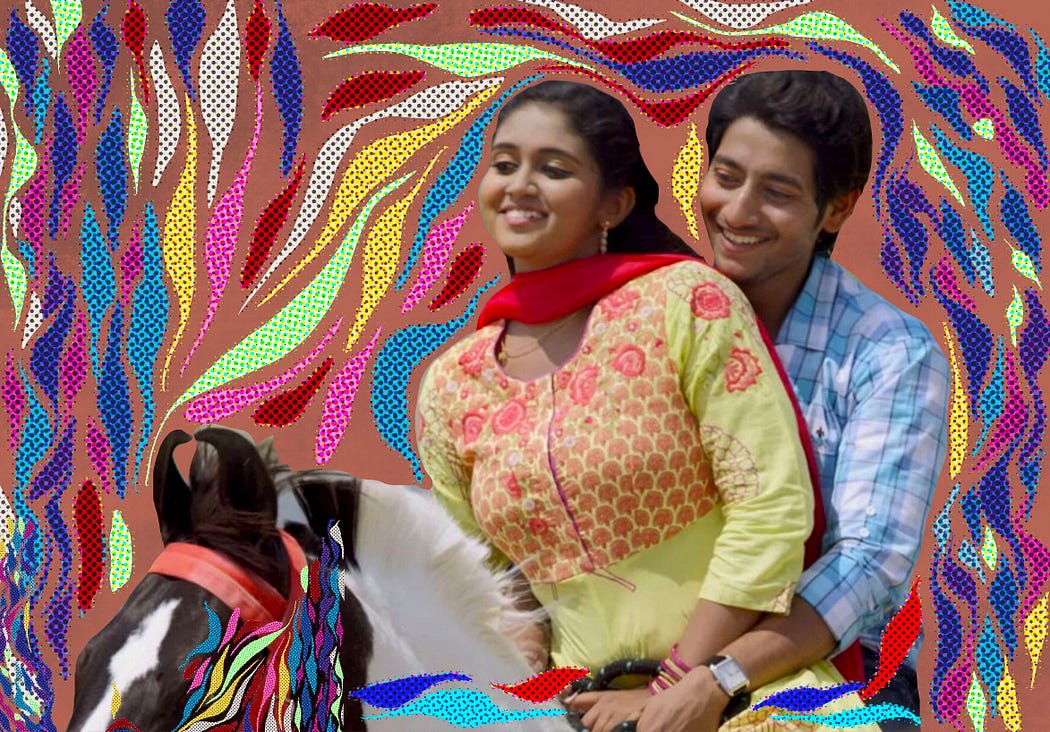
“Through invocations and related concerns about Hindu female purity, Hindu male virility attempted to reassert itself in a public-political domain in more forceful ways,” writes historian Charu Gupta in her 2016 essay, Allegories of ‘Love Jihad’ and Ghar Vāpasī: Interlocking the Socio-Religious with the Political.
“The Hindu woman has often been regarded as an exclusive preserve of the Hindu man, and safeguarding her virtue is identified as his exclusive prerogative.”
The logical conclusion to this line of thought is that the men of the community should protect their women in order to keep the honour intact.
Women exercising their sexual choices are a fundamentalist’s worst nightmare. “My family would have frowned upon any man I would have chosen,” says Asmita. “I just pushed the envelope by choosing a Muslim man.” She wonders why she is allowed to choose her profession, her location, her political representative, but not her life partner.
The larger question in Love Jihad remains that of the control over women’s sexual choices.
Would Hindu fundamentalists object to a Hindu man taking a Muslim bride? Yes, but not so much.
(Not that such a marriage is then necessarily free from violence. In 2018, a 23-year-old man was killed by his Muslim girlfriend’s family in Delhi because they disapproved of the relationship.) Hindu fundamentalism weaves its own reasons for it. Most of the Muslims of the subcontinent converted from Hinduism, it believes, and if Muslims want to re-convert they should be welcomed with open arms.
But they have a problem. Hinduism doesn’t allow conversions. So some right-wing politicians have found a way around that too. A Muslim woman is required to undergo a process of shuddhikaran or ‘purification’, after which, rituals of ‘ghar vapasi’ will be performed on her. The process of converting a person (back) into Hinduism is termed Ghar Vapasi or ‘return to the fold’. Eventually, she is accepted as a Hindu.
Talking about conversions into Hinduism, Gupta writes in the same research paper, “It produces and enforces notions of a primordial religious identity, whereby all and everyone are declared Hindus.”
Less than four months after Charu married, Akhila Asokan, a 24-year-old homoeopathy student, from Vaikom in Kerala, left her college dressed in a hijab. She did not return home.
A few days later, after her parents filed a missing person report, Akhila appeared before the Kerala High Court and confidently asserted that she had converted to Islam. She now wished to be known as Hadiya. Her father claimed she was forcibly converted.
Hadiya’s case, until then, was that of forced conversion versus a woman’s right to choose her religion. However, in December 2016, she married a Muslim man. Now, the case took on a completely different hue. It became India’s most high profile, alleged Love Jihad case, and as a new bride, Charu keenly followed it in newspapers and WhatsApp forwards.
Around this time, Charu and Murad moved from Meerut to Ghaziabad in search of work. She worked in a sugar factory while he did the odd construction jobs. Since Murad had left school after Class 7 and was uninterested in reading, he checked with Charu for news updates on the Hadiya case. When her colleagues in the factory sensed her increased interest in the case, they assumed it was because she was a Muslim woman, by virtue of being married to a Muslim man.
“All Murad and I knew was that Hadiya was a grown woman and she should be allowed to marry whoever she wants,” says Charu.
Six months later, Hadiya’s marriage was annulled by the High Court of Kerala. Charu was especially annoyed at the ruling of the Court, which ordered Hadiya to return to her parents’ home.
That night, Charu went to bed on an empty stomach. She doesn’t know why she didn’t feel like eating. Perhaps because she saw aspects of her life reflected in Hadiya’s, she admits. “Does the court have the authority to forcefully separate a husband from a wife?”
The court ruled that Hadiya was a victim of what might be called brainwashing or indoctrination. It then gave Hadiya’s custody to her father who had initiated a habeas corpus petition in February 2016. The court observed, “As per Indian tradition, the custody of an unmarried daughter is with the parents, until she is properly married.” When Hadiya married, she was 24 and when she was handed over to her father, she was 25. In 2018, it would take the Supreme Court to un-annul the marriage and the National Investigation Agency (NIA) to declare that there was no evidence of Love Jihad in Kerala.
In Mumbai, Asmita too was engaged with the Hadiya case. It did not have emotional hold on her, she says. “I was rooting for her to go live with her husband. But I saw reports which mentioned that her husband was a part of an Islamic party. That is dicey, you see. We would never know where her agency began and where it ended,” she says thoughtfully.
The last thing feminism wants is for a woman to release herself from the shackles of one religion to be bound in the iron chains of another, she observes.

Why did she risk her life? I ask Charu one day. “For love,” she says. “Love is everything.”
A few months after her wedding, she realised that love was not everything. In fact, love made life’s bitter pill only slightly sweet, only slightly less bitter.
Charu lost her job due to the pandemic-induced lockdown. The couple now rely on Murad’s meagre income. Unlike the millions of migrant labourers who walked back to their villages as they could not afford to live in the cities, Charu and Murad don’t have that option. They severed all ties when they moved out. While she still holds the Bollywood idea of romance close to her heart, she also realises that real life is not filmi. “We fight over small-small things,” she says. Like where to keep their clothes, how to wash vessels and how she should do up her hair. “These days, we fight most over how to spend money.”
Since Asmita and Aqeel dated each other for a few years before they got married, Asmita feels she knows him well. “But living with someone is always different.” They are trying to decide if they can afford to pay rent for two houses, given the salary cuts they were forced to take, after their companies suffered losses in a post-pandemic world. “We are married, it is ridiculous to live in two places and pay rent,” she says.
How many of their friends would come home, who would come home, and how long would they stay? These are some of the biggest points of conflict between them.
“Anti-Muslim thought is so ingrained that some friends inadvertently say things that are hurtful,” Asmita says, “They don’t mean it though.” Just a week ago, her friend spoke about ‘Islamic terror’. When Asmita pointed out that no one community can be blamed for terrorism, the friend asked, “Why then are all terrorists Muslim?” That was when she stopped arguing. “I let it go. I cannot argue all the time. I need peace.”
She is still very careful about not posting images on social media with Aqeel. She grabs her phone every single time there is a call from home. Her nightmare is the family deciding to surprise her with a visit.
Asmita and Aqeel are non-religious. But they invite friends over on both Diwali and Eid. “Our ‘Jihad’ is for love and not against it,” she laughs.
One evening as Charu, Murad and I sit down for dinner, Murad throws requests at her. “What did Pooja say to Nisha when the former was on her deathbed?” he asks. These are not quiz questions, more like his farmaish for a performance. Charu is quick to respond. Now for instance, she rattles off a bit of dialogue from a 1994 classic, Hum Aapke Hain Kaun. She adds tears and hand gestures to the mix.
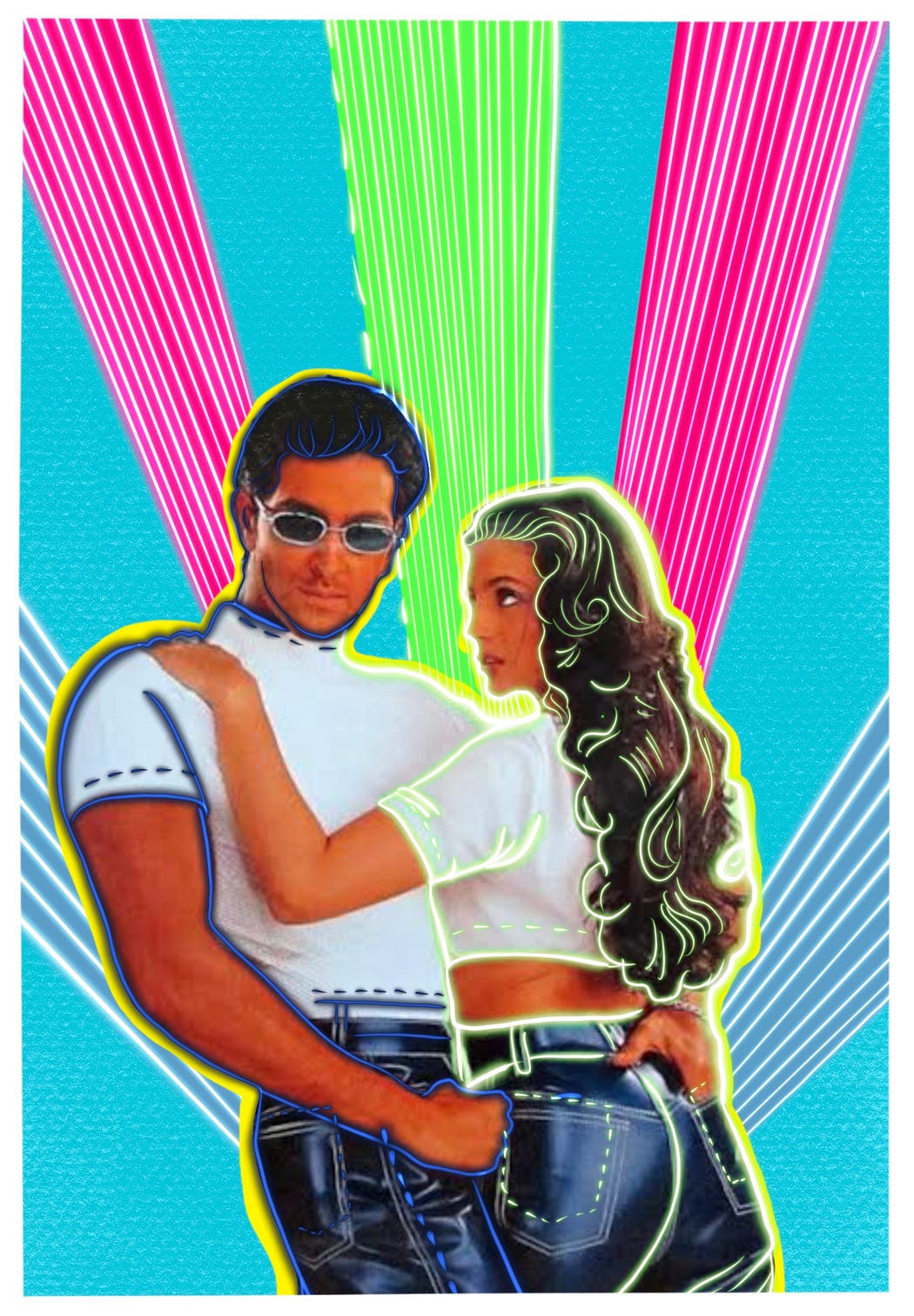
What about that one when Sonia sees Raj for the first time? he asks her. Charu has the lines from Kaho Na Pyaar Hai ready.
“We kill time like this a lot,” Murad laughs.
Unlike Asmita, who believed she needed to be with Aqeel because they had interests and ideology in common, Charu says she had little in common with her husband in the beginning. “I made him fall in love with films. He never used to watch them earlier.”
Sometime after they were married, Charu was watching a Bhojpuri film one day, in which the lead couple run away from home and get married. They change their names and identities completely. It struck her that she and her husband should also change their names too. They did it, but decided to keep names from their respective religions. From that day on they were Charu and Murad. Murad and Charu.
Published in Deep Dives
Published on April 4, 2023
Link: Charu, Murad and Other Very Special Marriages | by Deep Dives | Deep Dives


